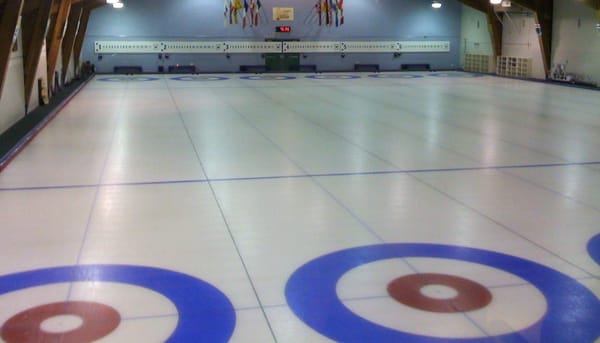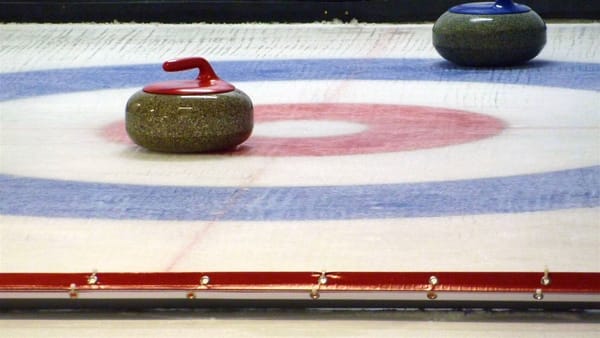How Much does a Curling Stone Weigh?

Curling, a sport that elegantly combines strategy and precision, relies heavily on one crucial piece of equipment: the curling stone, commonly referred to as a "rock." Understanding the significance and specifications of these stones not only enhances your appreciation for the sport but also illuminates the craftsmanship involved in their creation.
How Much Does a Curling Rock Weigh?
Curling stones must adhere to strict weight regulations set by the World Curling Federation, weighing between 38 and 44 pounds. This weight range is essential for ensuring consistent performance on the ice. The stones are crafted from high-density granite, which provides the durability and smoothness required for effective play.
Among the most notable aspects of curling stones is their cost; they represent one of the largest investments in a curling facility, second only to the refrigeration systems that maintain the ice surface. Each stone can set you back between $400 and $600, reflecting the quality materials and craftsmanship involved.
The Design Evolution
Originally, curling stones featured a flat bottom, but in the late 1800s, a concave bottom design was introduced and remains in use today. This design innovation enhances the stone's ability to travel smoothly across the ice. Only the running surface—a narrow, flat ring on the bottom of the stone—comes into contact with the ice, allowing for a controlled glide and spin.
Granite: The Heart of Curling Stones
The type of granite used in the construction of curling stones significantly impacts their performance. There are two primary sources of high-quality granite: Wales and Scotland.
- Blue Hone granite, sourced from Ailsa Craig in Scotland, is renowned for its smooth, tight grain and durability. However, it's important to note that this granite can chip, particularly around the striking band, the outer edge of the stone.
- Trefor granite, originating from Wales, offers superior striking capabilities, making it a favored choice for some. Unfortunately, its running surface tends to wear out more quickly and can develop pitting over time.
The optimal modern curling stone combines the strengths of both granites: a core made from Trefor granite with a Blue Hone insert for the running surface. This hybrid approach allows players to enjoy the best of both worlds—resilience and a reliable glide.
Matching Stones for Consistency
In competitive curling, having a matched set of stones is crucial for accurate play. Different types of stones can behave differently based on their construction and the type of granite used. To ensure fairness and consistency in draw weight and performance, teams often invest in sets of stones that are carefully matched.
Conclusion
From their unique weight specifications to the intricate details of their construction, curling stones are more than just simple rocks—they are a blend of science, artistry, and tradition. As you watch a match or perhaps step onto the ice yourself, take a moment to appreciate the craftsmanship that goes into each stone, and the pivotal role they play in the game of curling.



